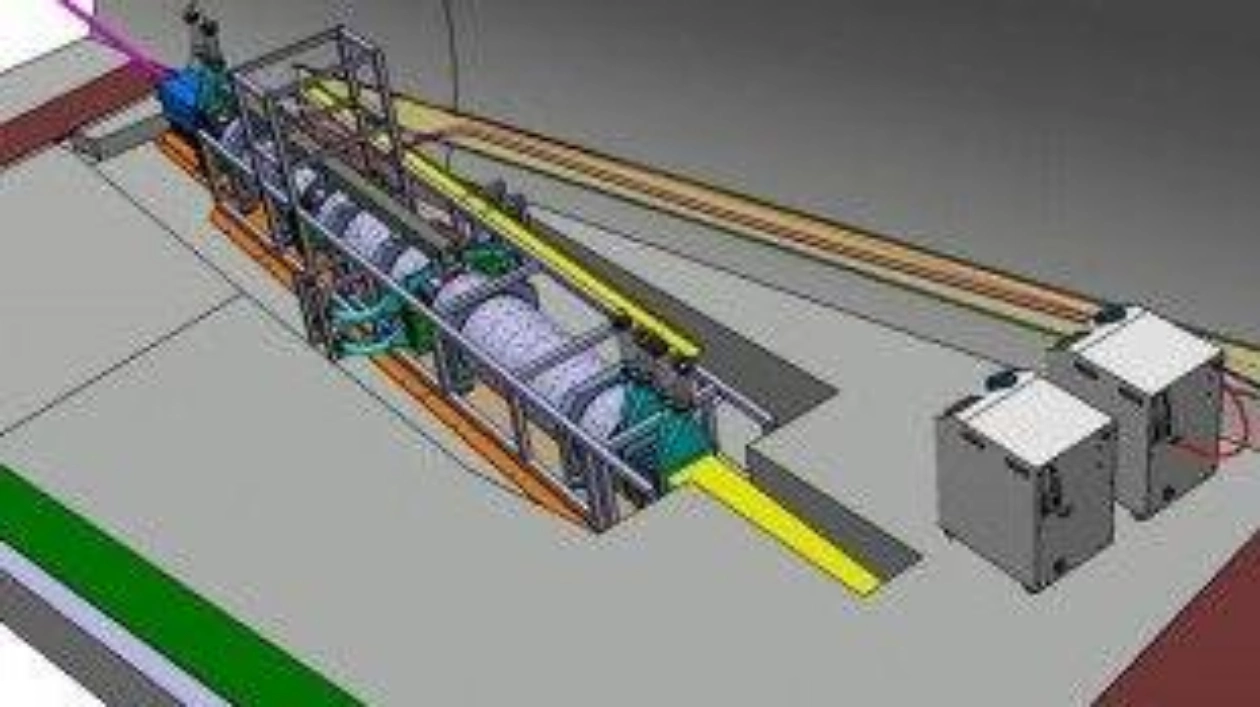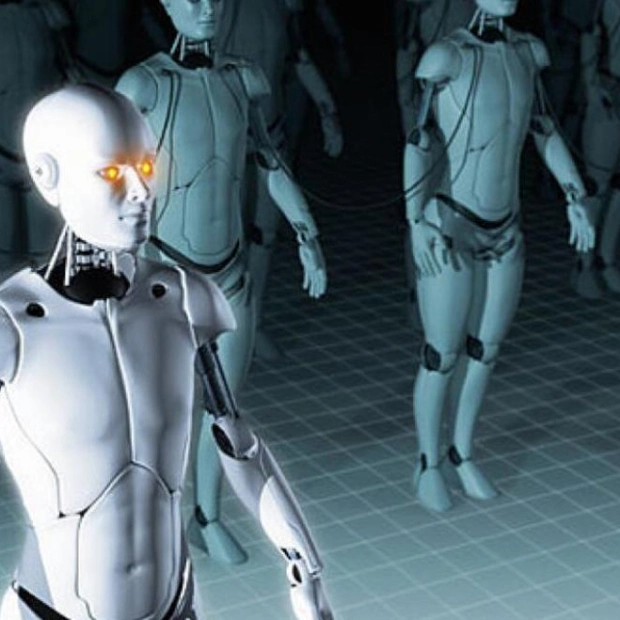As the nascent universe coalesced under the force of gravity, matter condensed into galaxies, galaxy clusters, and filaments, forming a stunningly complex cosmic web. This web's architecture owes much to the influence of neutrinos—lightweight, subatomic particles that flood the cosmos in vast numbers. Because they travel at high speeds and rarely interact with other matter, these particles were not easily ensnared by the gravitational framework. Thus, their presence cleared the way, impeding the formation of intricate details in this cosmic tapestry.
The masses of neutrinos are less than a millionth of the electron's mass, yet their exact weight remains a mystery. They are the only fundamental subatomic particle for which this fundamental property is unknown, and some researchers believe this missing piece could unlock new insights into physics. 'Neutrinos are one of the key particles we don't understand as well as others, yet they have profound cosmological implications,' says particle cosmologist Miguel Escudero of CERN near Geneva.
These particles' significant role in shaping the universe bridges the gap between the subatomic realm, typically studied in particle accelerators, and the cosmological scale observed from space. Scientists are thus employing both space observations and ground experiments to unravel this weighty enigma. However, if you ask a cosmologist and a particle physicist about neutrino mass, you might receive two different answers, as their methods of measurement hint at a disconnect.
Recent cosmological data from the Dark Energy Spectroscopic Instrument (DESI) suggests unexpectedly small neutrino masses, nearing conflict with particle physics experiments. Some interpretations of DESI data even hint at massless or negatively massed neutrinos, a concept usually forbidden in physics. This peculiar result has physicists contemplating intriguing possibilities—that neutrinos' masses might fluctuate over cosmic history or that apparent negative masses are an illusion caused by dark energy.
DESI, located at Kitt Peak National Observatory in Arizona, maps detailed galaxy distributions. In April, DESI scientists suggested that dark energy density might vary over cosmic history, overshadowing the neutrino mass anomaly. However, since then, physicists have recognized DESI's potential implications for neutrinos. Some scientists believe the mass discrepancy might stem from intricate details in cosmological data analysis. If this effect persists, it could signal a significant shift in our understanding of the universe.
Neutrinos come in three types—electron, muon, and tau neutrinos—each a quantum mixture of three masses. Today, these particles permeate the cosmos, outnumbering protons by a billion to one. In the early universe, they were even more densely packed. Despite their minuscule mass, their sheer number has influenced cosmic structures and expansion rates for billions of years. This dual influence allows scientists to estimate neutrino masses by observing cosmic structures and the cosmic microwave background.
DESI and Planck satellite data provide a mass limit for neutrinos, suggesting the sum of their masses is less than 0.07 electron volts at 95% confidence. However, particle physics experiments indicate a lower limit of about 0.06 electron volts. This narrow range leaves little room for neutrino masses, with DESI even favoring a zero mass sum. Adding supernova data further tightens this limit to less than 0.05 electron volts, eliminating wiggle room and necessitating new cosmic ideas.
If DESI's zero mass preference holds, it could resolve the heaviest neutrino question, favoring the normal ordering over the inverted ordering. However, DESI's mass limit exceeded expectations, raising suspicions. Some propose neutrinos might decay or vary in mass over time, while others consider the wild possibility of negative mass neutrinos, a symptom of data or theoretical assumptions.
Alternative explanations include subtle issues in cosmic microwave background data or the influence of dark energy. Updated Planck data and removing outlier DESI points eliminate evidence for negative masses, suggesting it's premature to conclude a tension between laboratory and cosmological neutrino mass measurements.
Future direct experiments, like KATRIN in Germany, aim to measure neutrino mass more precisely, though current limits are weaker than cosmological estimates. Despite challenges, the quest to understand these elusive particles remains compelling. If scientists can reconcile neutrino masses on Earth and in space, it bolsters confidence in our cosmic theory.






